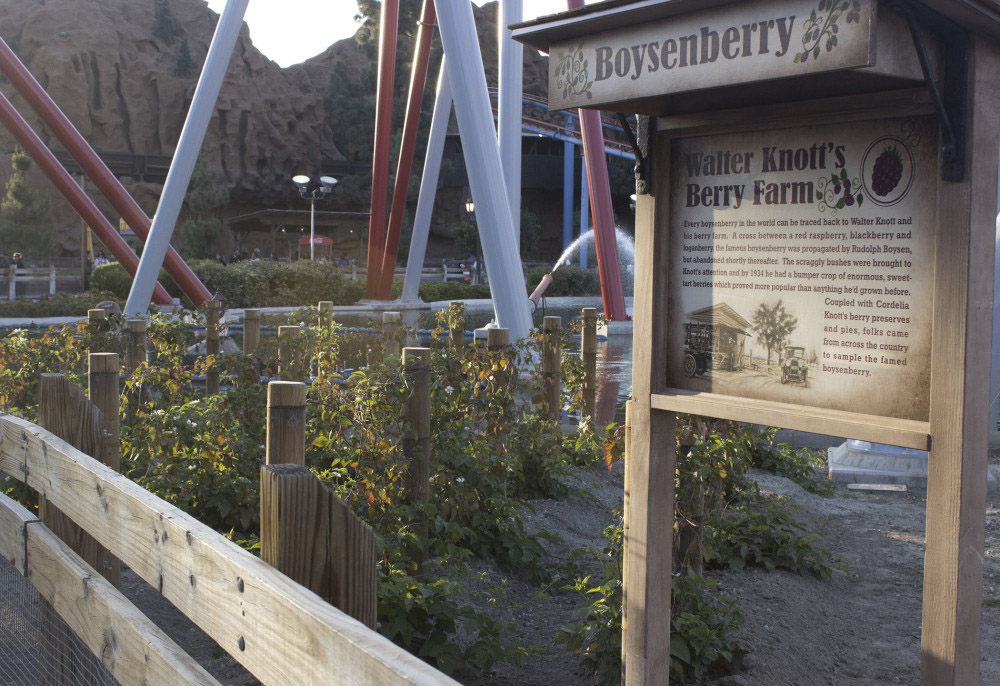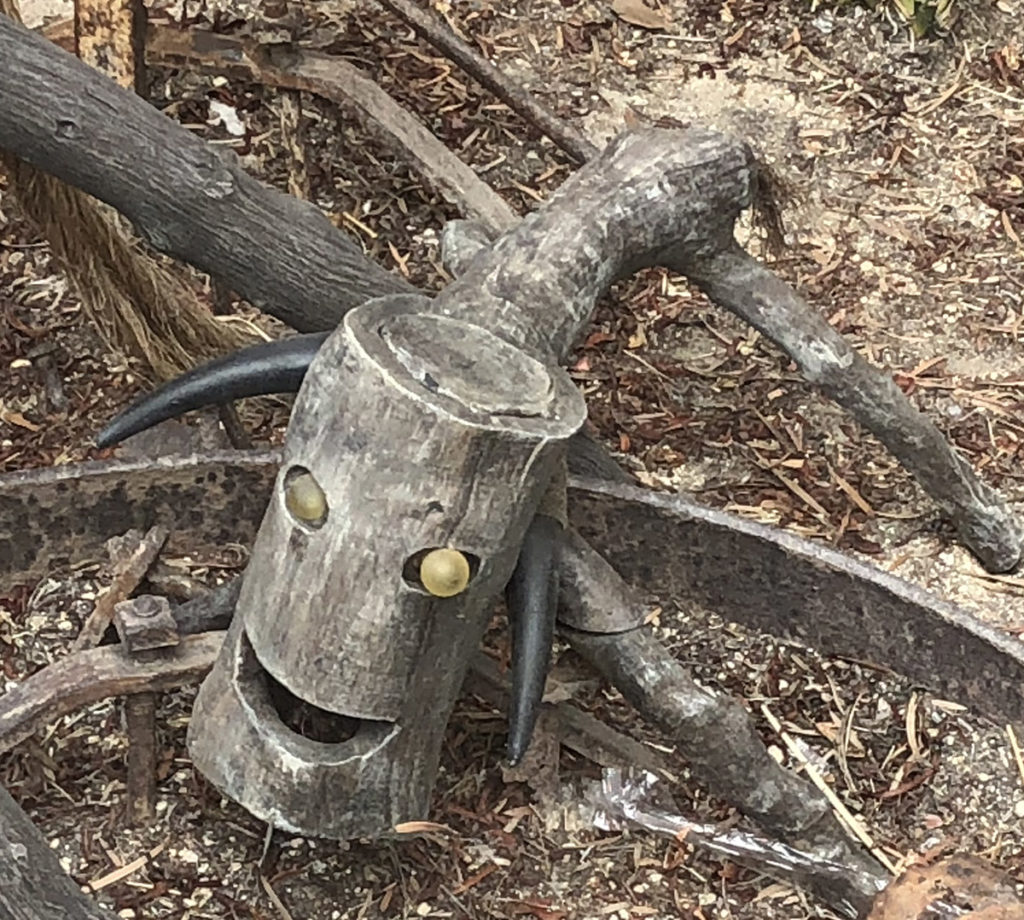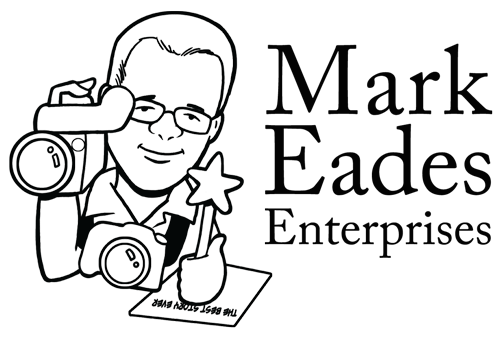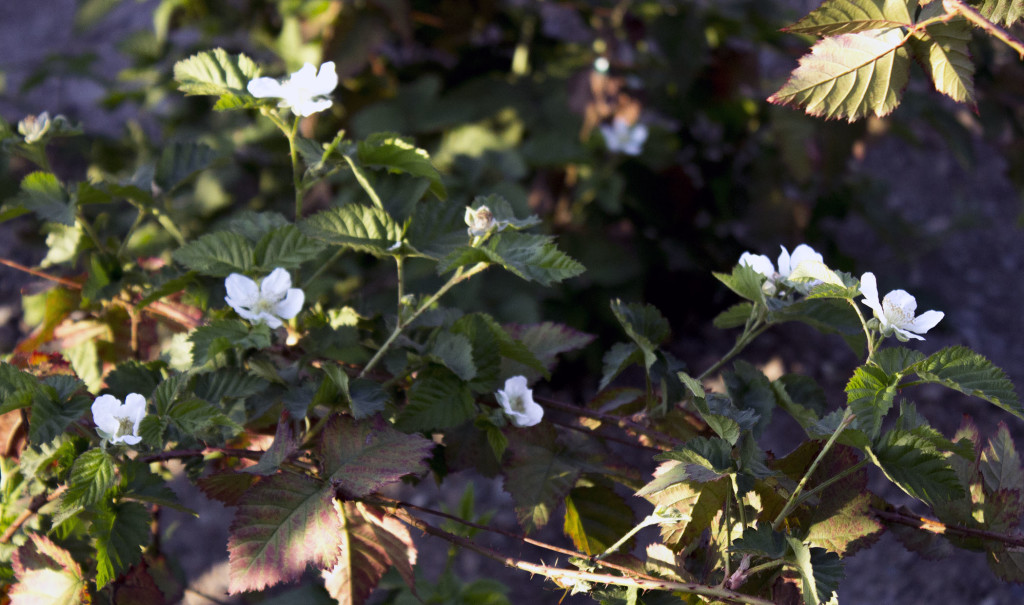At Knott’s Berry Farm in Ghost Town, near the stables and beneath the windmill stands an odd creature known as the Catawampus, or “Species Extinct.” Here is a link to Part 1 of my journey of discovery to learn more about this odd creature. Here is a link to Part 2 of my journey. Here is a link to Part 3. Here is a link to Part 4. Part 5, the last part for now, of the journey is below, read on…
Professor Ananias’ journal ended with his getting on a run as an engineer on the railroad that ran through Cajon Pass. Apparently, he left the railroad to, and we can only guess at this point, continue on his search for the Catawampus in the hills and mountains in that area.
There were unconfirmed reports that he ended up along the headwaters of the Santa Ana River in the nearby San Bernardino Mountains. But he was never heard from again. The only evidence was his journal, which was found in an abandoned cabin years ago, and donated to a local library where it languished on the shelves, and eventually found.
But that’s not the end of the story.
Years later, the son of Professor Ananias’ sister came west, wondering what had happened to him. He knew of the professor’s obsession with the Catawampus and retraced his steps, eventually finding the abandoned cabin and the journal shared here.
The son, however, needed work and eventually ended up in Orange County, working as a laborer for some of the farmers in the area.
He eventually met up with Rudolph Boysen, who worked as the superintendent of city parks for Anaheim. Rudolph showed him some vines of a plant that grew purple berries growing along the banks of the Santa Ana River, and offered him some. They were very tasty.
Boysen told him that he had seen what appeared to be tracks, only they were made up of round holes like from a wooden cane. This was similar to the description of the tracks made by the Catawampus as he had read in his uncle’s journal.
Boysen also noted that when the plant dropped its leaves every year, he rarely had any to rake up, as if someone had been there and taken them all.
The berries drew the attention of Walter Knott, who took some cuttings from Boysen, and in a few years successfully turned Boysenberries (as Knott named them) into a booming business.
Anianas’ nephew went to work for Knott, and, at times, saw the same strange tracks – but never saw a Catawampas at that time.
As Knott’s enterprise grew to include Mrs. Knott’s Chicken Dinner Restaurant and then the added Ghost Town, the farm started to give way, with less and less fields to tend to. But Ananias’ nephew stayed on, caring for the vegetation at the farm. As the farm grew into an amusement enterprise, there were more and more attractions, and less and less actual farm land.
About that time the nephew met a man named Forrest Morrow. He had been told to find the nephew by Knott. Morrow had talked to Knott about creating a new location for a special collection of animals, called Wood-imals. He’d heard about the Catawampus, and thought it would make a fine addition to his collection. They would all be given a safe place to live and, as they generally did not move around during the day, it would be a unique place for kids to run and play. The place would be called Jungle Island.
However, Ananias’ nephew told him he had not seen one, though there was evidence of them being in the area. Morrow offered to help catch one or two.
What Morrow did, after reading up on the Catawampus in the professor’s journal, was suggest a way to trap one alive.
He brought in a stuffed, dead coyote, then rigged up a loudspeaker connected to a record player that would play sounds of a coyote howling. They decided to do it one night in the fields when there was no moon.
They stayed up late one night, waiting. After things got quiet, they turned on the record player. The howls could be heard across the boysenberry field. Then, after an hour, they heard the sound of a bell connected to the trap. They rushed out with their flashlights and there, in the cage, was a Catawampus.
As usual, it did not move when confronted by humans.
Morrow gently picked up the cage and put it in his pickup truck, along with a good helping of boysenberry plant leaves.
Later, he told the nephew he never saw the Catawampus move, though he did hear occasional mooing sounds coming from where he kept all the caged Wood-imals.
Months passed by, as Jungle Island was built. Then Morrow brought all his Wood-imals to the island and placed them throughout the place, opening the island in 1964.
Kids loved the place, and the Wood-imals had a place to live, and kids visiting Knott’s Berry Farm had a place to run and romp.
But eventually, progress took its toll and the island was changed into a nature area less then 20 years later. Most of the Wood-imals eventually disappeared.

Vines of the Boysenberry plant are thriving and doing well at Knott’s Berry Farm. Photo by Mark Eades
But the one Catawampus left somehow lived on. It is thought it still fed on Boysenberry plant leaves, the few that were left around Knott’s. And because coyotes occasionally roamed through the area, undoubtedly feeding on the chickens living there, it would occasionally catch a coyote for a meal.
Anania’s nephew finally left the farm for the east too, deciding he had finally seen his uncle’s Catawampus, and verified all the claims found in the journal and wanted to present the findings to the university that had laughed at him. But he never made it there, the victim of an automobile accident.
Still, one, lone Catawampus could be seen around Knott’s Berry Farm over the years, even as the Boysenberry plant all but disappeared. In fact, for a couple years there was only one plant that survived the loss of the farming of boysenberries in the area. It grew, quite by accident, by the farm’s train “roundhouse” and the engineers that cared for the engines kept it alive.
Then, a few years back, the farm decided it needed to bring back its legacy, and planted some boysenberry vines by the little lake. As the vines grew and berries appeared, the Catawampus – which had not looked well, seemed to grow too. It got healthier. It disappeared for a while, then a baby Catawampus appeared – along with the adult.

This Baby Catawampus can be seen standing next to its Momma under the Windmill in the Ghost Town Area at Knott’s Berry Farm. Photo by Mark Eades
Now both are alive and healthy, spending the daylight hours under the windmill where visitors can see them. Neither seem to be bothered by humans, but who knows? They don’t move around when people can see them.
And because there was a baby, that means there should be other Catawampus around – hiding. Could this be a sign that more Catawampus could appear around the farm, babies and adults?
One can only hope that’s the case.


